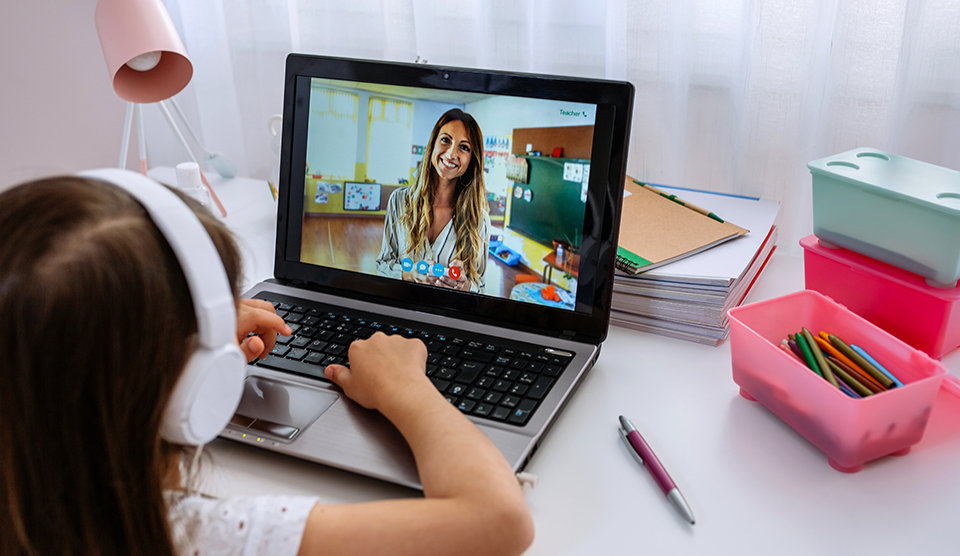Of all the groups to be affected by the pandemic, you should reserve some special sympathy for the young. Not only have they had their high-energy, high-octane years disrupted, missing birthday parties and the chance to socialize, but they’ve had to struggle with their schooling and exams without having access to their teachers, classmates, and school materials. Experts believe this may set young people back later in life, but there’s also a case to be made for the changing nature of education – with the pandemic dramatically changing how many of us learn. Here are four changes we’ve seen in the past two years.
Online Platforms
As soon as schools and universities closed, the onus shifted towards educational software providers to show what they could do for the sector. They triumphed, exhibiting how distance learning can be not just an inferior stand-in for in-person teaching but perhaps even superior to heading into an educational center. An online learning platform that teaching institutions can use demonstrates that you can actually increase engagement with your students if the right software is used – including through events, online lectures and lessons, and more personalized, structured feedback, prompted by the platform itself.
Assessments
Many educational institutions have had to rethink how they assess progress in the wake of the pandemic. That’s not surprising, seeing as students could no longer be invited into an exam hall, where conditions are controlled to avoid cheating. Some institutions tried open-book or longer exams taken remotely, though some experts have criticized this. Meanwhile, ongoing teacher assessment, which favors the opinion of the student’s teacher, is another way of judging performance. It’s these new assessment methods that might change the entire education system in years to come – from a build-up to all-important exams to something more gradual and consistent.
Information
We’ve seen a steep rise in misinformation and disinformation since the onset of the pandemic. That’s been met with a concerted effort on the part of educators and educational institutions to verify and share content that people can trust. As the information landscape has changed in the last few years, with social media now the main source of many people’s daily news diet, it’s become ever-more important for social media providers to remove misleading information or flag it as unreliable. This has gone some way to helping people find the right information online.
Collaboration
Despite sitting alone in their rooms for much of the past two years, students have not been without the ability to communicate and collaborate online. Whether through the meteoric rise of Zoom and Microsoft Teams or through educational software sold to institutions, these platforms have given rise to a generation comfortable with working together online as well as in person. And that’s great news for businesses, who are increasingly looking at “hybrid working” models, including in-person and remote working, as the best way forward post-pandemic. So this propensity to work online will only help today’s students in the future job market.
These changes to learning have been rapid and far-reaching, changing how we learn and communicate across time and space.






